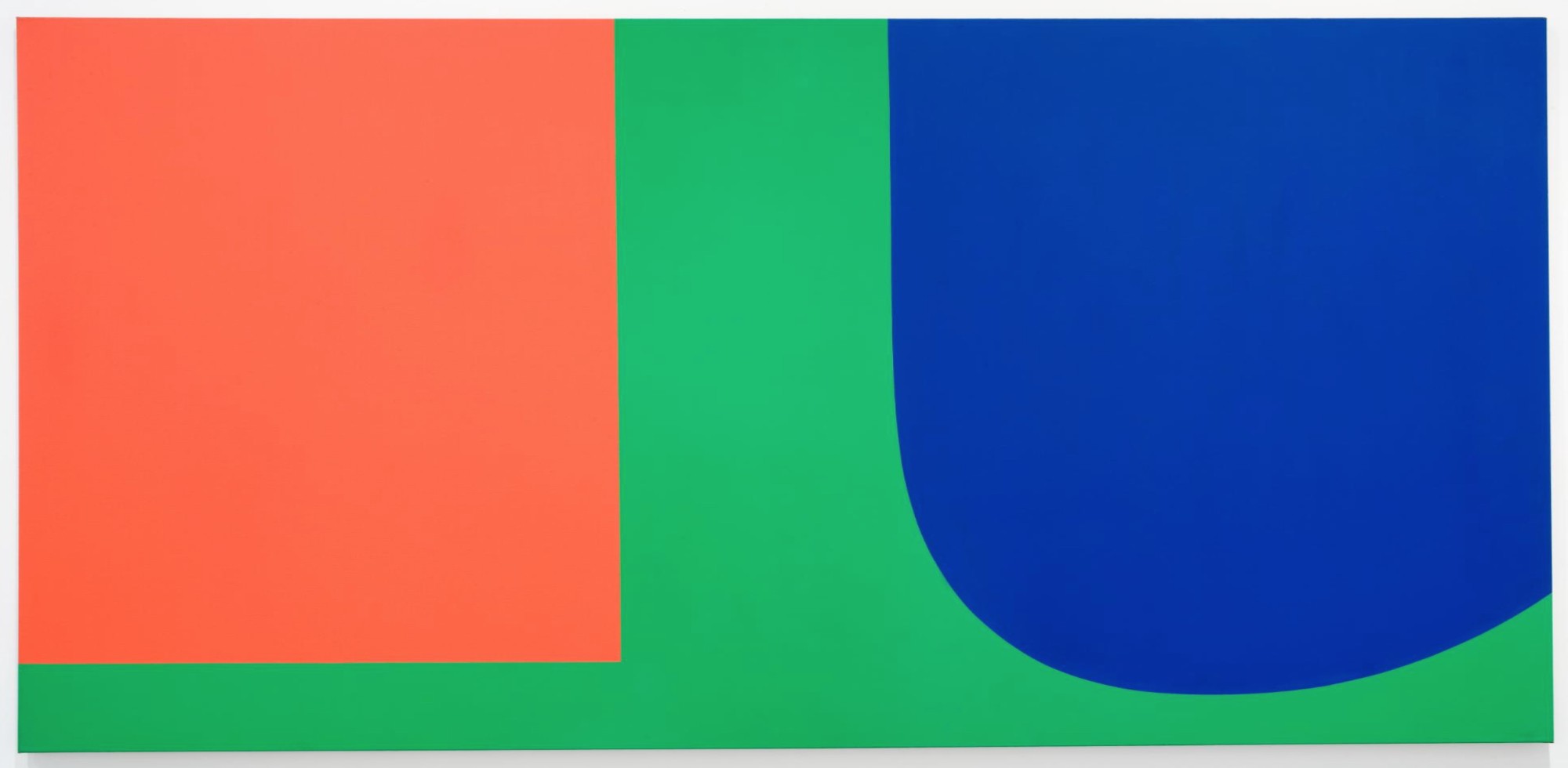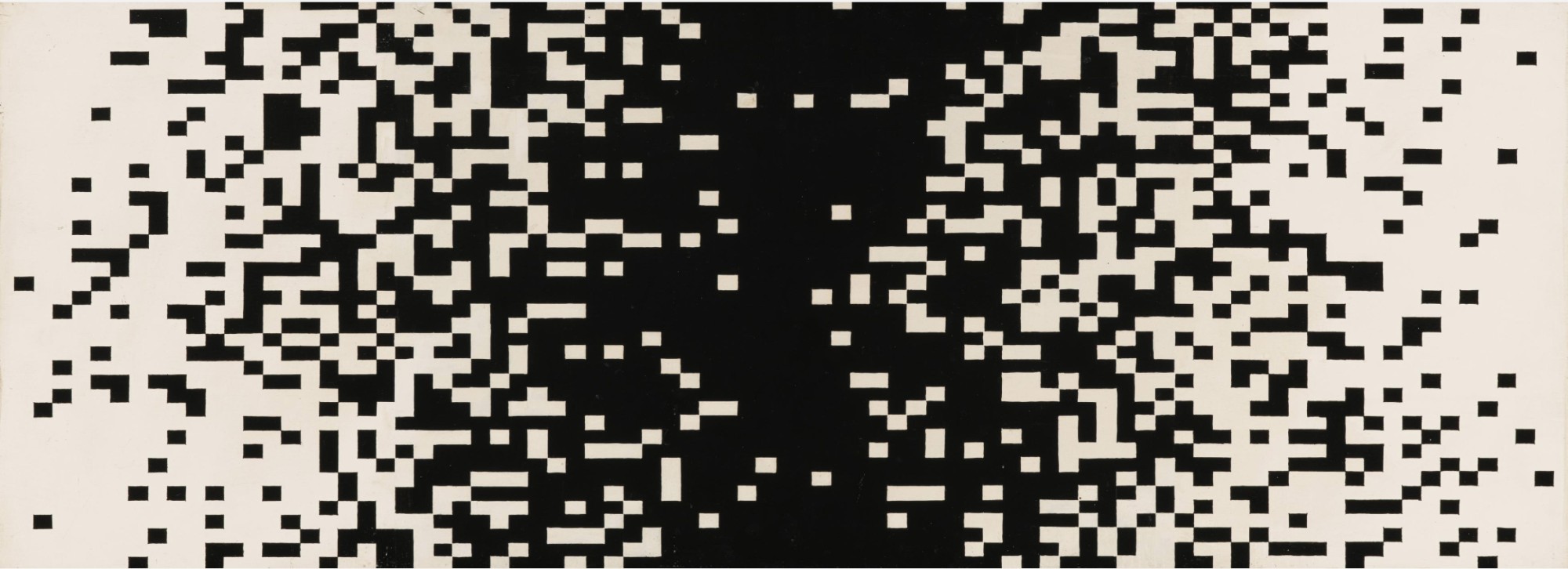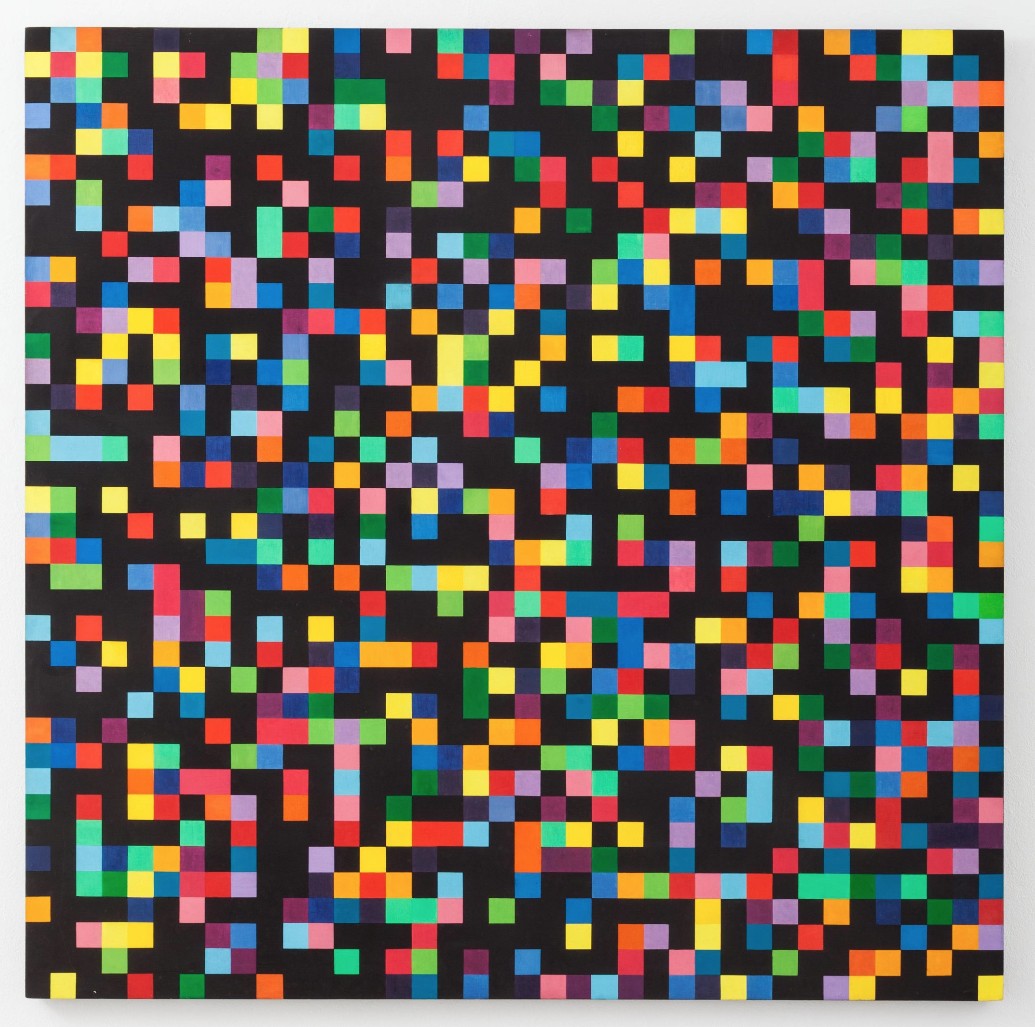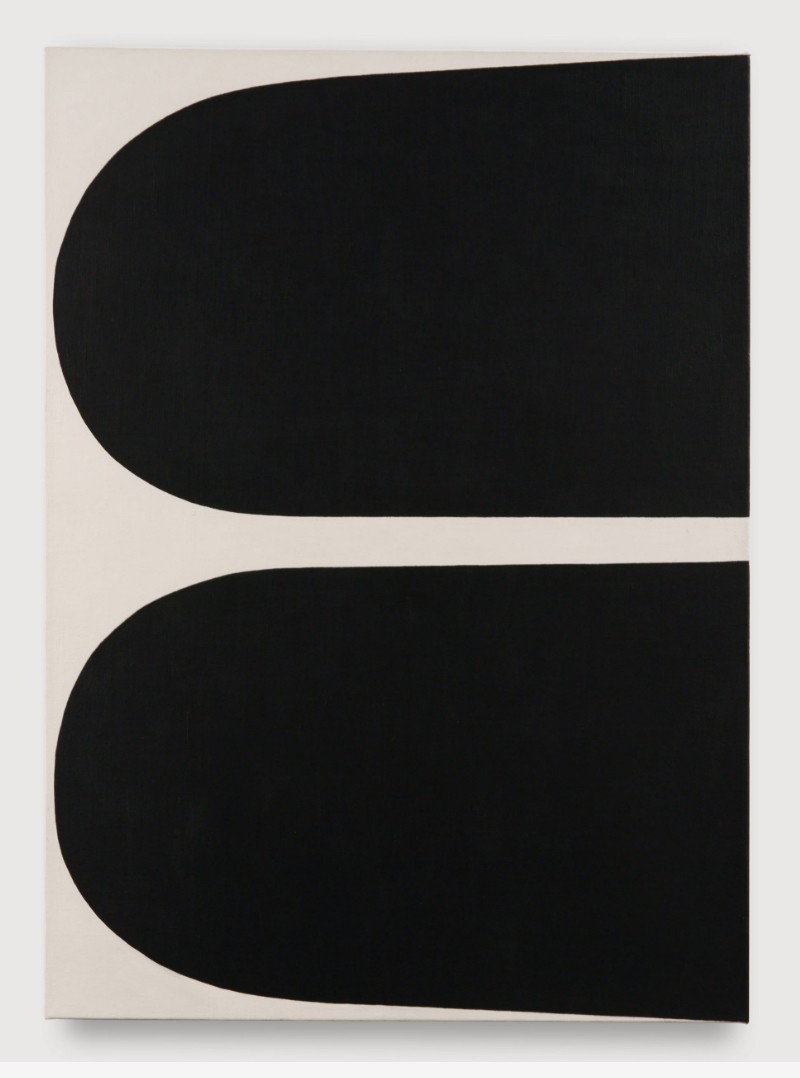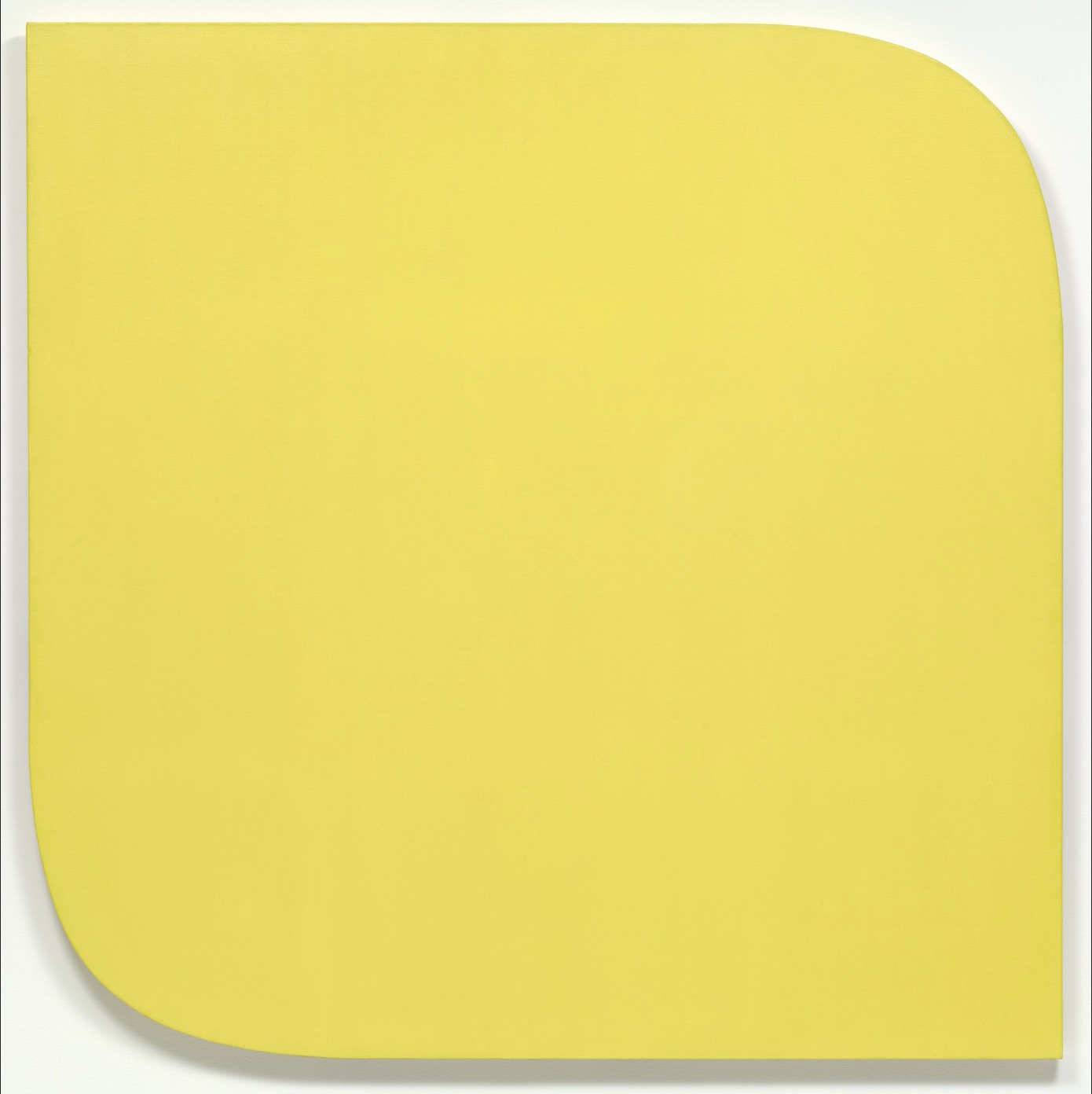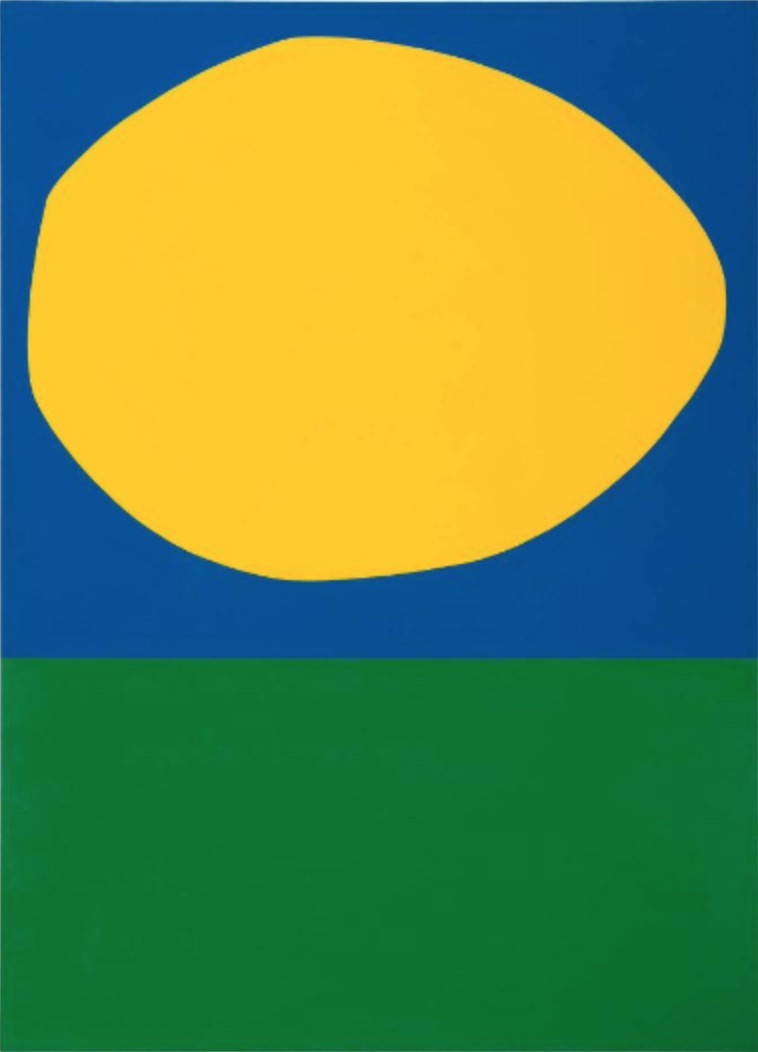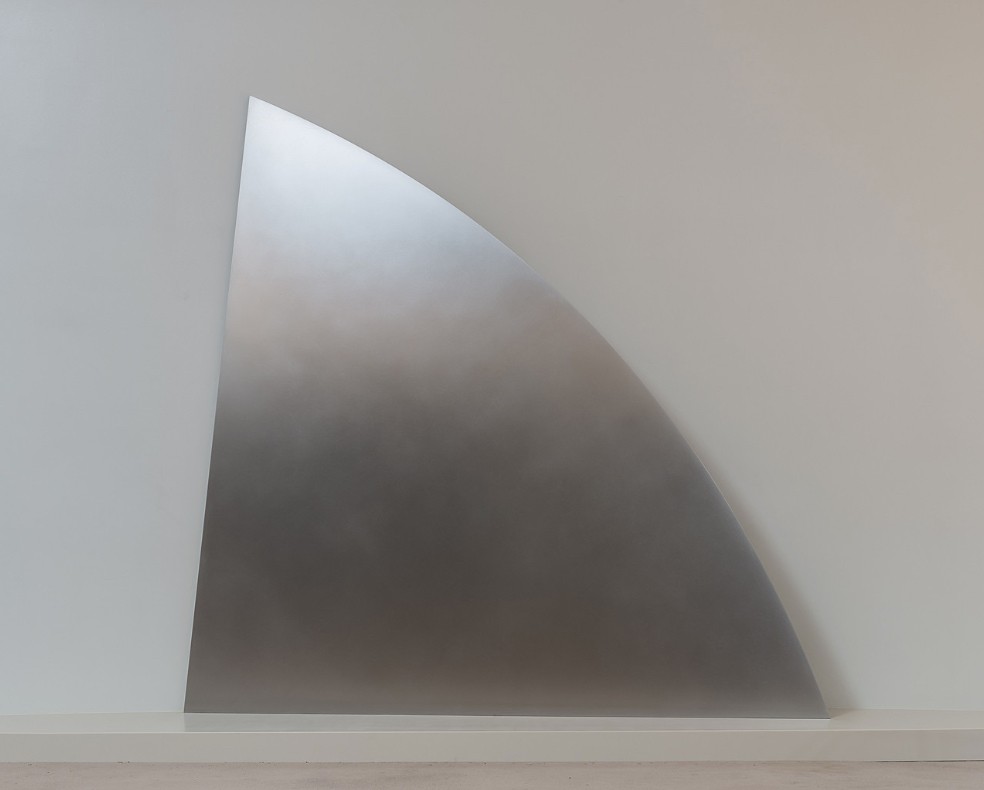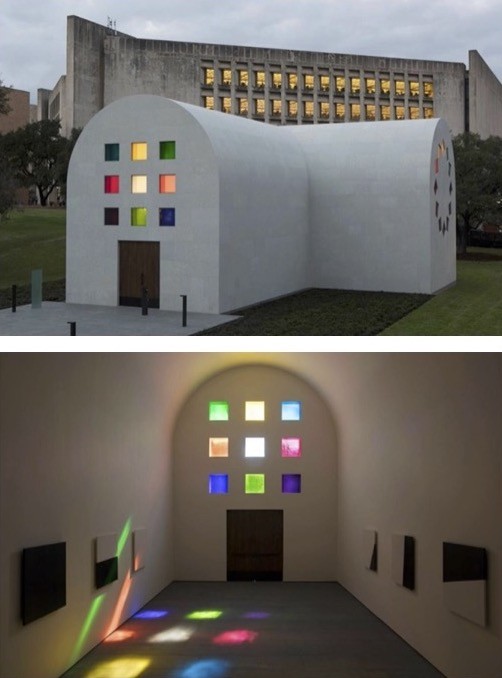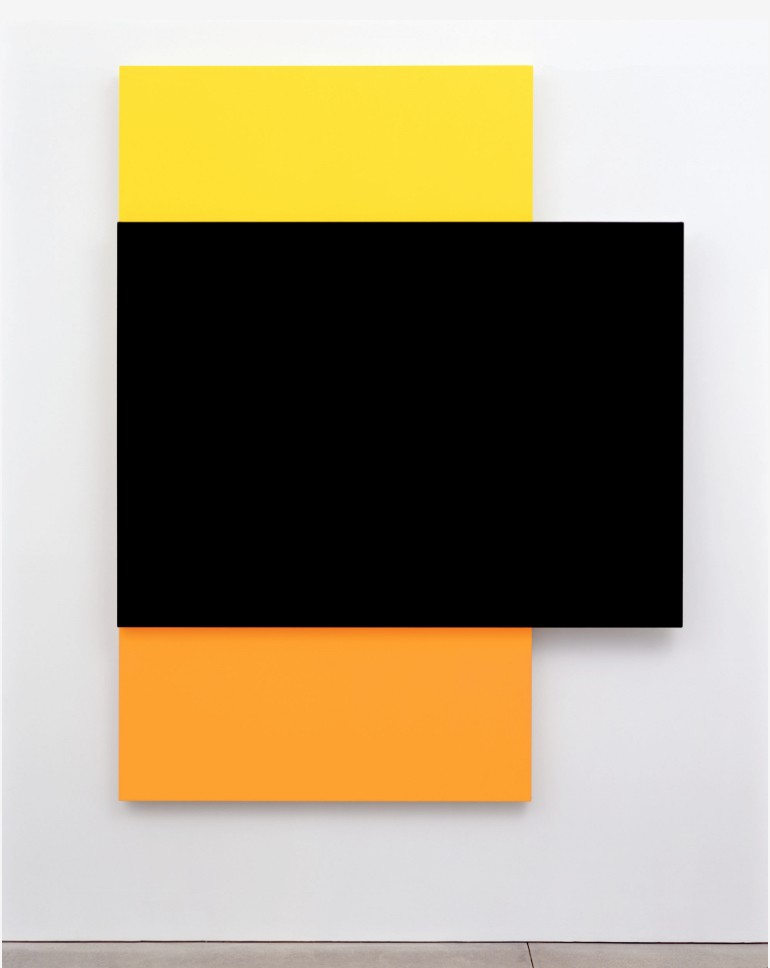Ellsworth Kelly Centennial
Born in Newburgh, New York on May 31, 2023, Ellsworth Kelly was an important figure in American art for over sixty years until his death on December 27, 2015 at age 92. Throughout his career, he emphasized purity of shape and color. Kelly pioneered the use of multiple canvases and of shaped canvases and was interested in creating harmony between the work of art and its architectural setting. According to Virginia M. Mecklenburg, chief curator of the Smithsonian American Art Museum, Ellsworth Kelly “had a huge impact on the art world, but the work speaks in a visceral way to whoever looks at it. I have to say there is a sense of joy and a sense of energy to so much of his work. You sort of come back to the center when you look at it.” †
Entering the Army during World War Two, Ellsworth Kelly worked with “The Ghost Army,” a unit of artists and designers dedicated to creating camouflage and other deceptive techniques for misleading the enemy. After the war, he used the GI Bill to study at the School of the Museum of Fine Arts Boston and then traveled to Paris for further study. Post-war Paris was teeming with artists exploring new ideas in abstraction and Kelly encountered important influences, especially from Surrealist Jean Arp, painter Alberto Giacometti, and sculptor Constantin Brancusi. Of the artists he encountered, Brancusi’s approach to abstracting forms from nature was especially influential.
Kelly’s rejection of gestural abstraction (the emotional painterly styles of Action Painting and Art Informel) set him apart from most of the abstract painting that dominated Paris and New York in the early 1950s. His emphasis on saturated color allied him with the Color Field painters of that period, but Kelly’s hard-edged geometric abstraction is most closely connected to Minimalism, a movement which flourished in the 1960s and early 1970s. Minimalist artists explored the essential identity of art through the use of the basic elements of visual art, as seen in Ellsworth Kelly’s pure colors and geometric shapes.
Best known for his paintings, Ellsworth Kelly also created numerous drawings, prints, and sculptures. In printmaking, which he first explored extensively in the mid-1960s, the artist worked with several important print studios, notably Gemini G.E.L. In 1958, Kelly completed one of his first sculpted wall reliefs and he began creating large-scale outdoor sculptures in unpainted metal in 1973. In 1986, the artist was commissioned to design his first free-standing building, but the project was not completed. In 2015, the year of Kelly's death, the Blanton Museum of Art at the University of Texas at Austin acquired the plans and construction of the structure, called Austin, was completed in 2017.
†Quoted in Palmer, Alex. “Why Ellsworth Kelly Was a Giant in the World of American Art.” Smithsonian Magazine, 28 December 2015. https://www.smithsonianmag.com/arts-culture/why-ellsworth-kelly-was-giant-world-american-art-180957652/
To hide a caption which obscures an image, click on the image.
